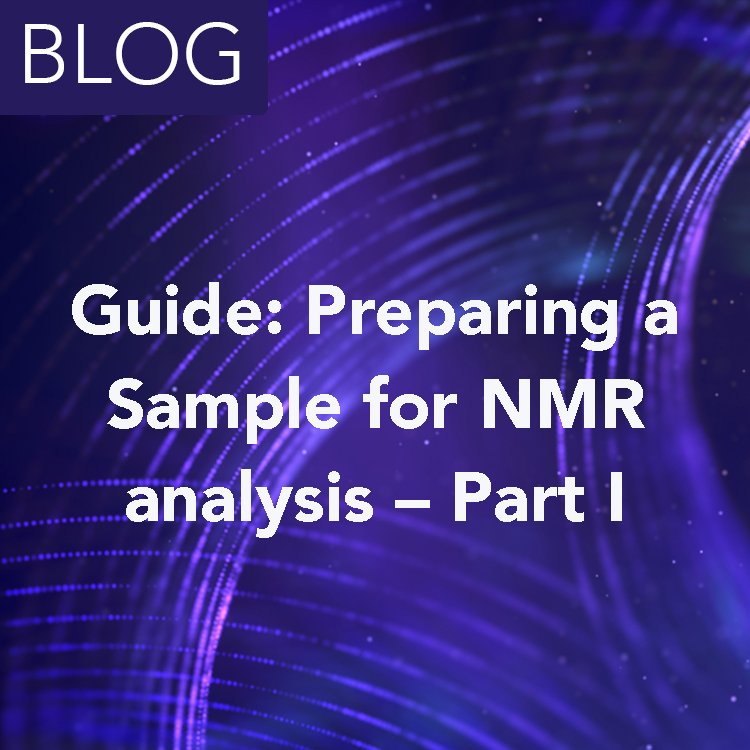Welcome to Nanalysis’ benchtop NMR Blog
We love benchtop NMR! In this blog section, you will find all things benchtop NMR. Please contact us if you would like to discuss about your project.
Category
NMR Topics
- 100 MHz NMR
- 11B NMR
- 129Xe NMR
- 13C NMR
- 19F NMR
- 19F NMR Spectroscopy
- 1H NMR
- 1H NMR, 19F NMR
- 207Pb NMR
- 31P NMR
- 3H NMR
- 60 MHz NMR
- APT
- Agrochemicals
- Analytical Chemistry
- Applications
- Batteries
- Biochemistry
- Biopolymers
- Botanicals
- COSY
- CPMG
- Caffeine Content
- Cannabis
- Chemical Analysis
- Cosmetics
- DEPT
- Dithiazine
- Drug Analysis
- Drug Discovery
- Dyes
- Edible Oils
- Educational NMR
- Educational Videos
- Energy
- Enzyme
- Exchangeable Protons
- Exchangeable protons
- Fish Oils
- Flavor and Fragrances
- Flow NMR
- Fluorine-19 NMR
- Food Science
- Food and Beverage
- Forensics
- Forestry
- HETCOR
- HMBC
- HSQC
- Hands-on Learning
Settle in and get COSY!
This blog goes into detail of the COSY experiment, a useful 2D homonuclear experiment.
Isolating Isoamyl acetate
In this blog, we analyze both the aqueous and organic layers during the separation step in the synthesis of Isoamyl Acetate to determine whether the product is in a different layer than the starting reagents.
Limits that Matter: How LoD and LoQ Shape Analytical Results
The Limit of Detection (LoD) and Limit of Quantification (LoQ) are analytical benchmarks that define the practical boundaries for identifying and measuring a specific analyte within a given matrix, under particular experimental conditions.
Recrystallization Paired with Benchtop NMR
Benchtop NMR is a great tool to assess the purity and identity of compounds, providing feedback on the success of the recrystallization of an organic compound.
Using NMR to observe the restricted rotation in amide bonds
NMR is a great tool for the analysis of molecular properties such as the amide bond, which has a restricted rotation around the C–N bond. In Biochemistry, the amide bond is referred to as the peptide bond. This bond is formed by the union of a carboxyl group of one amino acid with the amino group of another amino acid. Read more.
Guide: Preparing a Sample for NMR Analysis – Part II
In this blog, we will examine the techniques for ensuring sample homogeneity and explain regarding how the condition of the NMR tube impacts data quality.
Guide: Preparing a Sample for NMR analysis – Part I
In this blog, we highlight the importance choosing the correct NMR solvent and checking the final volume in the NMR tube.
Green Chemistry with Benchtop NMR
In this blog, we showcase how benchtop NMR is an accessible and versatile tool for chemists and non-chemists to evaluate greener methods.
The Wonders of Fluorine-19 NMR Spectroscopy for Pesticide Analysis
In the agrochemical industry, quantifying active ingredients containing fluorine can be simplified by using 19F benchtop NMR instead of other nuclides proton. Read more to find out how.
Using NMR to observe the restricted rotation in amide bonds
NMR is a great tool for the analysis of molecular properties such as the amide bond, which has a restricted rotation around the C–N bond. In Biochemistry, the amide bond is referred to as the peptide bond. This bond is formed by the union of a carboxyl group of one amino acid with the amino group of another amino acid. Read more.











